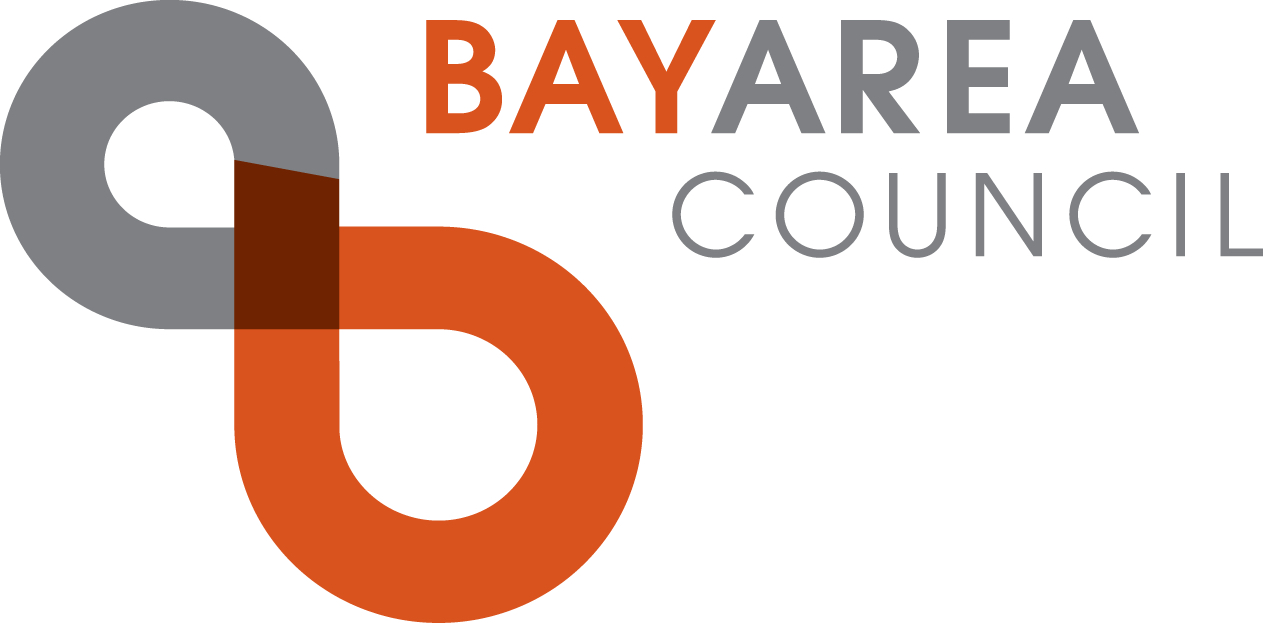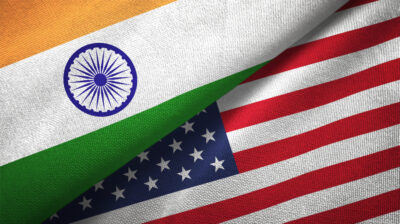Beyond the Headlines: A Strategic Guide to US-China Trade in an Age of Uncertainty
For California exporters navigating the volatility of U.S.–China relations, the prevailing narrative of decoupling often obscures a more relevant and actionable reality. Despite political headwinds and high-profile trade disputes, China continues to import billions of dollars in American goods—particularly in sectors that align with its development priorities. In 2024, California exported over $15.1 billion in goods to China.¹ That figure, while vulnerable to tariff shifts, underscores a deeper truth: strategic, high-value exports remain possible, and in some cases essential, where California’s strengths meet China’s persistent demand.
The key is not broad optimism, but targeted precision. In an environment of uncertainty, the most resilient export opportunities are those driven by structural forces within China: the need for better healthcare outcomes, higher standards for food safety and nutrition, trusted sources of consumer innovation, and scalable solutions to energy and environmental challenges. These demands are not elective or temporary; they reflect domestic imperatives that transcend the political cycle.²
Translating these opportunities into results requires expert guidance. The Bay Area Council’s Global Business and Investment Committee provides this support, offering California companies critical services in business development, international government affairs, and localization. Its offices in Shanghai and Beijing serve as a direct bridge to the market, helping exporters and multinationals alike capture growth. Over the next few weeks, this China Trade series will highlight how the Chinese market could remain a vital component of a global growth strategy.
RESILIENT GROWTH CORRIDORS
Focusing on four specific sectors—healthcare, premium agriculture, beauty, and climatetech—this article outlines where and how California companies can continue to export to China in ways that are economically viable and strategically sound. These are no longer markets for mass-market arbitrage. They are markets for differentiation, reliability, and trust—qualities where California still holds a competitive edge.
- The first of these resilient sectors is healthcare. China’s population is aging rapidly, and its chronic disease burden is rising. While the government continues to invest in local capabilities, there remains a structural reliance on imported medical technologies, particularly in precision diagnostics, advanced imaging, surgical equipment, and hospital systems integration. Regulatory reforms have accelerated approval pathways, and high-end hospitals in urban centers consistently prioritize quality over cost. As confirmed in the U.S. Department of Commerce’s market guidance, American exporters of medical equipment—particularly those able to support their products with reliable servicing and clinical outcomes data—are well-positioned to compete in this space.³
- The second sector is premium agriculture. Chinese consumers, especially in the urban middle and upper classes, are increasingly focused on food quality, health benefits, and product traceability. This trend is not new, but it has deepened in the post-pandemic period and has held steady despite tariff volatility. According to the U.S. Department of Agriculture’s reporting, exports of healthy products remain strong in value terms, supported by robust demand for trusted foreign-origin foods.⁴ California exporters that can tell a compelling story about origin, health, and quality are still commanding a premium in this segment.
- The third sector is beauty and personal care. While domestic Chinese brands have gained traction in the mass market, international labels continue to dominate the premium skincare and wellness segments. Recent analyses of the beauty sector highlights that consumer preference in China is increasingly driven by efficacy, ingredient transparency, and clinical validation—attributes closely associated with Californian clean beauty and advanced formulation brands.⁵ Brands that can clearly communicate their product science and ensure quality control through verified retail and e-commerce channels are maintaining both relevance and growth, even under shifting regulatory conditions.⁶
- The final sector is climatetech. China’s dual-carbon goals—peak emissions by 2030 and carbon neutrality by 2060—have created an enduring policy demand for technologies that support decarbonization at scale. Although China leads in manufacturing capacity for many green technologies, it still imports key components and system-level technologies in areas where performance or reliability are critical. The International Energy Agency’s 2025 report on global energy investment notes continued infrastructure expansion, with energy storage and grid modernization at the core. ⁷ China’s own National Energy Administration released a 2025 report showing that new-type energy storage deployment reached 94.9 GW in capacity, with substantial demand for balance-of-system components and control technologies.⁸ In areas such as hydrogen electrolysis, battery management, power electronics, and safety systems, California firms with proven innovation still have an exportable advantage.⁹
EVERYTHING IS UNCERTAIN, ANYTHING IS POSSIBLE
Engaging in these sectors is not without risk. Trade friction, regulatory unpredictability, and evolving consumer behavior all require vigilance. However, rather than erase the core opportunity, they instead demand greater precision: in product selection, in channel strategy, in compliance, and in communication. Companies that succeed will be those that export not just goods, but confidence—offering Chinese buyers products that are demonstrably reliable, effective, and differentiated.
One of the most effective ways for California exporters to re-engage the market is through the China International Import Expo (CIIE). The Bay Area Council hosts the California Pavilion at China’s largest import-focused trade fair, backed by central and local authorities across the country, CIIE offers unparalleled access to the specific partners needed to succeed: national-level distributors, enterprise buyers from state-owned and private firms, and key regulatory stakeholders. For companies ready to showcase their innovation and build commercial pipelines, it is an opportunity to cut through the noise and reconnect with high-value demand in a credible, official setting. To learn more about the California Pavilion at CIIE and the Bay Area Council’s services, contact Global Initiatives Director, Laurent Arribe at larribe@bayareacouncil.org.
Footnotes
[1] California: Trade & Investment, United States Trade Representative: https://ustr.gov/map/state-benefits/ca
[2] US-China Business Council – 2025 Member Survey
https://www.uschina.org/wp-content/uploads/2025/07/2025-Member-Survey-EN-1.pdf
[3] China – Healthcare (International Trade Administration, Country Commercial Guide) — https://www.trade.gov/country-commercial-guides/china-healthcare
[4] USDA Foreign Agricultural Service — Food Processing Ingredients Annual – China (CH2025‑0052), April 2, 2025: https://apps.fas.usda.gov/newgainapi/api/Report/DownloadReportByFileName?fileName=Food+Processing+Ingredients+Annual_Shenyang+ATO_China+-+People%27s+Republic+of_CH2025-0052.pdf&utm_source=chatgpt.com
[5] China Beauty & Personal Care Market Report 2024, Kantar
https://www.kantar.com/inspiration/fmcg/five-key-focus-areas-for-chinas-beauty-market-in-2025
[6] McKinsey & Company — State of Beauty 2025: Solving a shifting growth puzzle: https://www.mckinsey.com/industries/consumer-packaged-goods/our-insights/state-of-beauty
[7] International Energy Agency — World Energy Investment 2025: https://www.iea.org/reports/world-energy-investment-2025
[8] National Energy Administration (PRC) — 中国新型储能发展报告(2025) (official PDF): https://www.nea.gov.cn/20250731/1d40d09f75714280a9218d5bea178fbd/202507311d40d09f75714280a9218d5bea178fbd_453d9a0609da1d4456a8b12d843bd256cf.pdf
[9] RMI — 2025 China Power Market Outlook: https://rmi.org/insight/2025-china-power-market-outlook/






